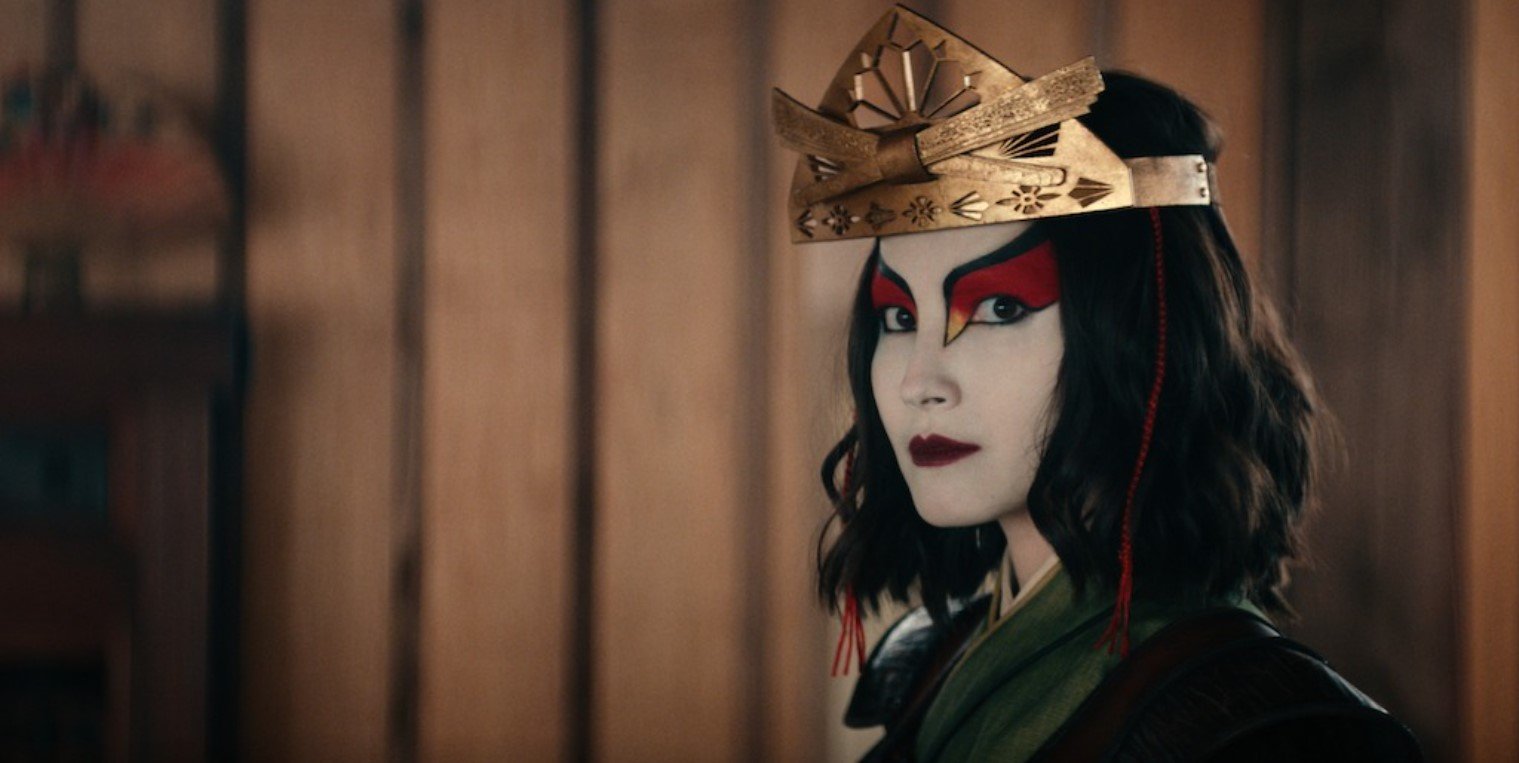Why we can’t have nice things, Avatar: The Last Airbender edition
Die-hard fans of the Nickelodeon animated series, Avatar: the Last Airbender were anxiously awaiting the arrival of the Netflix live-action remake. With skeptical optimism, many of us who had grown up with the show nearly twenty years ago were burned (no pun intended) by the first attempt of the beloved series with the M. Night Shamalan version. I don’t want to talk about that version, but if you know you know.
Many fans were relieved to hear that the original creators, Michael Dante DiMartino and Bryan Konietzko were producers for the live action version. Then in another swift move of disappointment, it was announced in 2020 that they left the show for creative differences. That is NOT a good sign, my friends. Many of us fans debated whether we would end up watching the Netflix version with their departure.
In February 2024, the eight-episode season dropped on Netflix. With Appa plushie in hand, my ATLA fans gathered for a watch party. Eating recipes inspired by the show with the Avatar cookbook, we were going to make the best out of it. Here are my first reactions to the series. Spoilers obviously ahead.
My reactions to Season 1 of the Netflix ATLA
More violent than the previous series
The cold-open started over a hundred years ago, showcasing what happened to the world when everything changed. The Fire Nation attacked; in case you were wondering. The fight scenes were surprisingly more graphic than the original Y-7 rating showing the true destructiveness and brutality of the Fire Nation. An Earth Nation spy was completely burnt alive in the opening scene with his screaming face melting in front of the screen. We also see how the Airbenders attempted to defend themselves during the attack at the Southern Air Temple, ending with Monk Gyatso fighting to protect the children. Clearly, this show was setting the tone that it was diverging from being a “kid’s show.”
Sokka isn’t overtly sexist and therefore there is no room for growth
Hard-core fans will remember that Sokka is small-minded with traditional views of how the world works. As the eldest boy remaining in his village after all the of-age men went to war, he was serving as the leader and protector of the village. When he made sexist comments to Katara while they were fishing, her frustration with his comments resulted in her breaking up the ice with her waterbending, resulting in the reveal of Aang’s iceberg. That doesn’t happen in the live-action series. Don’t get me started when the “Gaang” go to Kyoshi Island. We don’t get Sokka underestimating the Kyoshi Warriors, no humbling, no dressing in the traditional costume and fighting against Zuko. This early lesson is lost with Sokka being all-knowing already.
The women in the series lack agency that the original series did so well
In the second episode, it was clear that while the costumes and makeup were on point for the Kyoshi Warriors, this Netflix version had no intention on teaching Sokka the important lesson on sexism. In fact, it doubled-down with this weird backstory of Suki being a horny teenager trapped on the island. All she wanted was to kiss Sokka. The sexual tension was there but none of the sarcastic banter. She came off as desperate to win over this “outsider’s” love. Cue the audible groans. Don’t get me started on Azula’s story line where she is made to believe that she doubts her own worth compared to Zuko. This is so out of character from the original. Disappointingly, this show gets the female characters so wrong, they truly did them a disservice.
The show pacing is way different
Words cannot even describe how this episode has a major pacing problem. Beloved storylines are Frankensteined into one fifty-minute episode. Characters like Bumi, Azula, Jet, Zhao, the Mechanist and Teo, the cabbage merchant, and the nomads, are smushed all together in an episode that is extremely rushed.
The playfulness and humor is missing
As the live-action version is working to take itself more seriously, it loses some of the magic that made the animated version so great. No penguin sledding, no spontaneousness. All the characters give too many soliloquies and exposes, spending more time showing rather than telling. Without that time for playfulness between the serious parts, there is no chemistry between the characters.
The representation is refreshing
I have absolutely zero issues with the casting itself. Seeing the Asian cast representation was awesome. It shows that we can have Asian faces in more than just contemporary shows. I am heartened to see the casting of some well-known actors and some lesser-known ones. My comments about chemistry are less about the actors themselves and more about the way their characters were written. Like I mentioned, the female characters are not allowed the agency to be complex, messy, or chaotic the way the male characters are. In fact, many of the characters are merely shadows of their animated versions, playing a darker and stiffer version of themselves.




